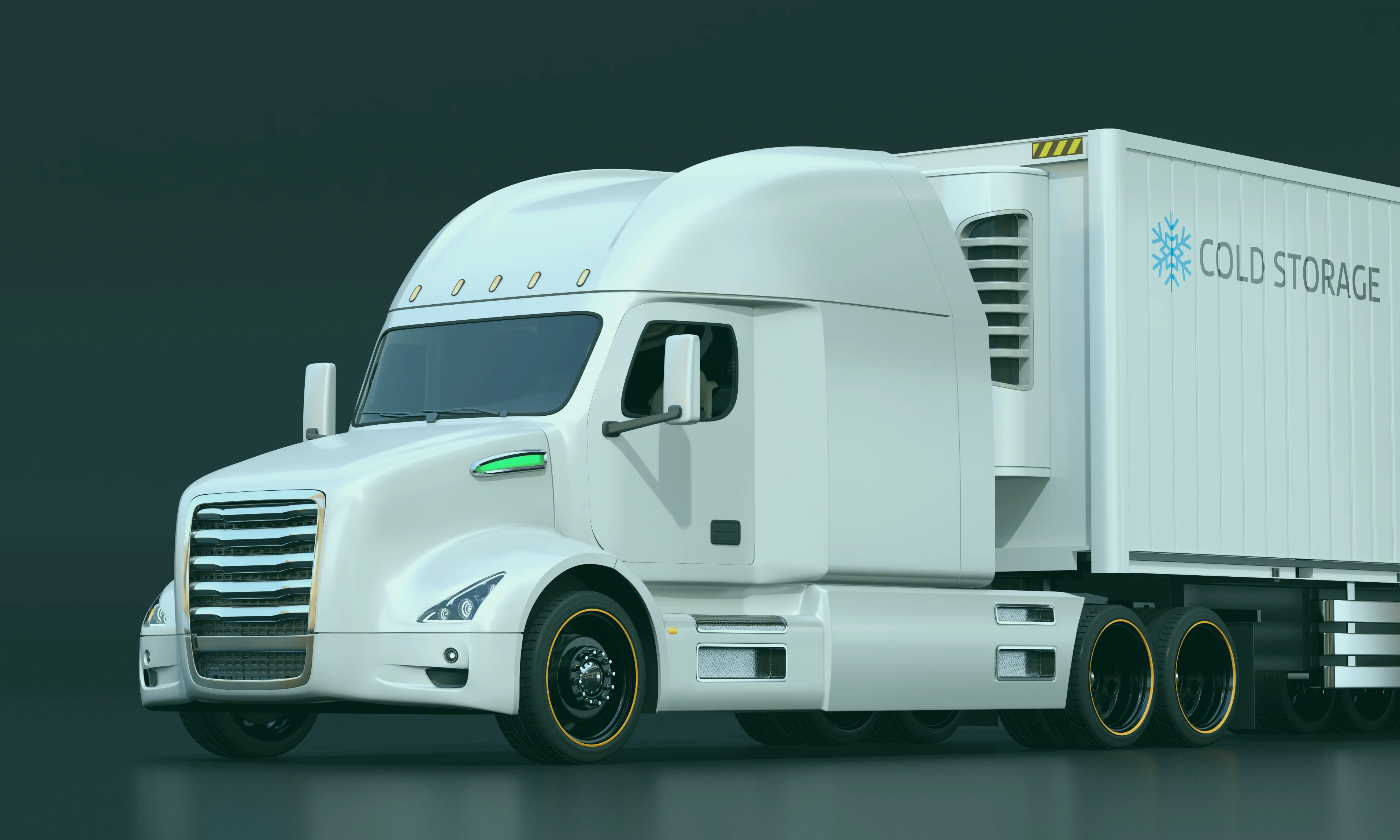
When a major logistics provider reviewed its fleet operations, the same problems kept appearing. Their hard-wired temperature sensors were costly, slow to install, and required vehicles to be taken off the road for days during calibration.
Every delay or gap in monitoring carried risk — the risk of non-compliance, product spoilage, and lost customer confidence. The team needed a faster, more flexible way to monitor conditions and prove compliance without disrupting daily operations.
Switching from hard-wired systems to wireless BLE sensors proved to be the turning point.
What used to be a complex, labour-intensive installation process became quick and straightforward. Entire vehicles could be fitted with sensors without taking them out of service for extended periods, keeping the fleet operational and reducing costs from day one.
Annual calibration had been one of the fleet’s biggest headaches. Traditional hard-wired probes meant days of downtime, high costs, and scheduling challenges.
That changed with a probe replacement programme. Pre-calibrated probes could be swapped in minutes, keeping vehicles on the road while still meeting all compliance requirements. What had been a logistical problem became a routine service task.
The wireless sensors were integrated directly into the fleet’s existing systems and paired with a tracking app.
Training made sure every team member — from drivers to logistics managers — understood how to use the system effectively. Over time, alarm thresholds and workflows were fine-tuned with ongoing support to get the most from the technology.
The benefits were visible within months:
For this logistics provider, the move wasn’t just about upgrading monitoring technology — it changed the way the fleet was run.
They went from reacting to problems after the fact to proactively managing performance. Compliance became part of the background, built into everyday workflows. And with continued support and optimisation, the system is set to deliver value long into the future.
The result? A fleet that’s smarter, faster, and ready to adapt — with temperature control and compliance managed seamlessly from the cab to the control room.
Sematics integrates weather data to correlate environmental conditions with temperature and energy fluctuations, enabling businesses to take preventive measures.
Yes, Sematics uses LoRaWAN sensors, which require minimal bandwidth for data transmission. Additionally, data can be stored locally on devices and synced when connectivity is restored.
Sematics supports BLE (Bluetooth) sensors and hardwired temperature probes, humidity sensors, and door sensors for refrigerated transport.
BLE sensors use non-invasive mounting options. JTF Wireless provides professional installation services for seamless setup.
Sematics uses multi-network SIM cards (2G, 3G, and 4G) that auto-switch to the strongest signal. Data is also stored locally and synced when connectivity is restored.
Sematics supports Bluetooth (BLE) and hardwired sensors for temperature, humidity, and door monitoring. These sensors ensure accurate environmental monitoring in vehicles.
Sematics immediately sends alerts to designated personnel, enabling quick responses. Multiple alarms can also be grouped into a single incident for streamlined management.
Yes, Sematics' GPS trackers provide journey replays, allowing businesses to review routes, stop durations, and environmental data throughout transport.
Sematics consolidates environmental and telematics data for entire fleets into one platform, providing visibility, reports, and actionable insights for all vehicles.